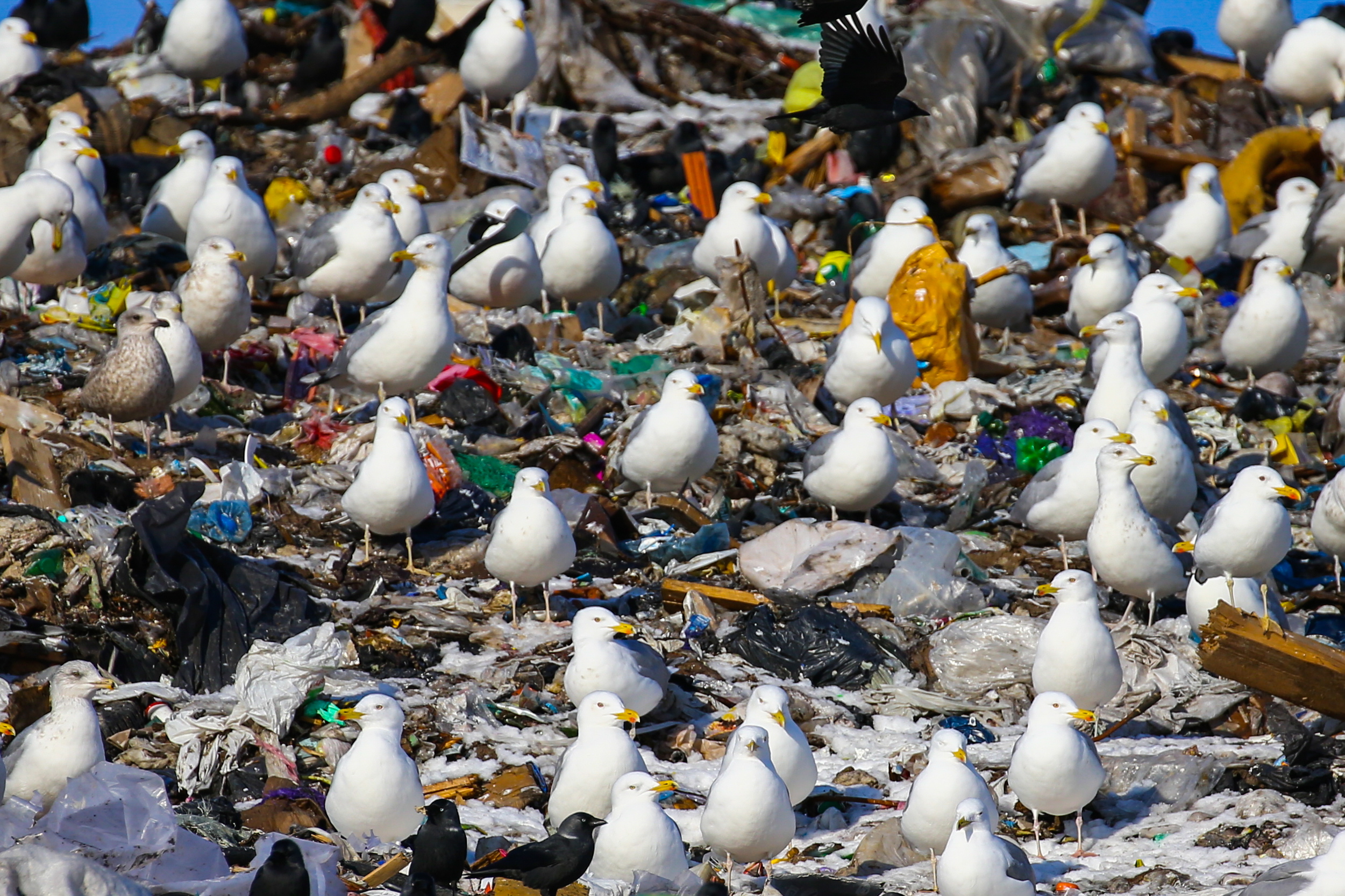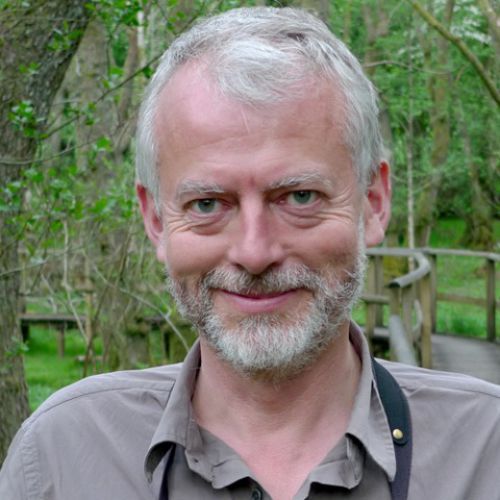
TIM DEE is a writer and radio producer but, more than that, he is a birdwatcher.
Following the launch of his new ground-breaking book Landfill, he tells Sally McDonald the Honest Truth about our waste-making species through the extraordinary and fascinating life of gulls.
How did this book come about?
I’ve been a birdwatcher for nearly half a century. Certain species of bird or families of them – and our relationship with them – have especially intrigued me.
Gulls are more familiar to us in Britain than they have ever been before. Most nature flees from us but gulls – especially in the last 30 years – have flown towards us, to feed on our food waste, out of rubbish bins and also in great swirling clouds of hungry excitement on landfill sites.
That seemed a fascinating piece of modern nature to study and write about.
What were the greatest revelations?
By visiting landfill sites with the experts and watching these birds closely I learned a lot about the organising – the sifting and sorting – of the birds’ biological make-up and the extraordinary new thinking about what was making them a species apart.
In the last two decades the taxonomy or classification of gulls has undergone radical revisions. Evolution is far from over for the family.
Many birds are in the thick of changing. It was magical to – in effect – see it happening in front of us, by spending time with people who study them.
What stood out the most for you?
Though I have been a birdwatcher for ages I had never paid much attention to the gulls.
They are an extraordinary family, perhaps not often an oil painting to look at, as my grandmother used to say, but a dynamic and adaptive group of birds who have fallen in with us and reflect back all sorts of truths about how we live.
Gulls will steal our chips, some have been found drunk, and another fell into a vat of curry in a food factory in South Wales: they are like a mirror to our lives as well as remarkable creatures in their own right.
I suspect they will be with us for a long time to come. I have come to love these birds.
How can we change public perception about gulls?
I think we fear and often loathe animals who come close to us, shadow our lives and adapt to and exploit the world we have fashioned.
Gulls in their new lives as urban birds living off our waste are regarded as scroungers not entrepreneurs and as free-loaders not opportunists.
Above all they steal our chips and in their pilfering of that pillar of our national diet we see something hostile and assertive. We fear them for it. Many people hate gulls for becoming good at being bird versions of who we are. It is a paradox that we’d do well to think about.
What was the greatest challenge in the writing of this book?
I am a student of English literature not a scientist; I am also only a so-so birdwatcher.
I wanted to be able to understand and then write about the gulls without appearing a scientific idiot.
I also wanted to find and identify my own gulls, especially a couple of the species which have been newly split by the taxonomists. The people I met took great pains to explains things to me.
I hope I got it right. I never managed to spot two of the gulls I was hoping to see on my own. I still need help. Luckily there are some tremendously friendly experts out there.
What’s next for you?
A less dirty book I hope! I have been following the spring north by trying to travel with swallows and redstarts and other migratory birds from their wintering grounds south of the Sahara all the way up to the top of Arctic Europe.
In the autumn of my life the spring means more and more to me with each year. Travelling north, I have tried to keep in step with the growing, singing, blooming, nesting season. The birds have been tremendously good for me. Now I must write it all up.

Enjoy the convenience of having The Sunday Post delivered as a digital ePaper straight to your smartphone, tablet or computer.
Subscribe for only £5.49 a month and enjoy all the benefits of the printed paper as a digital replica.
Subscribe